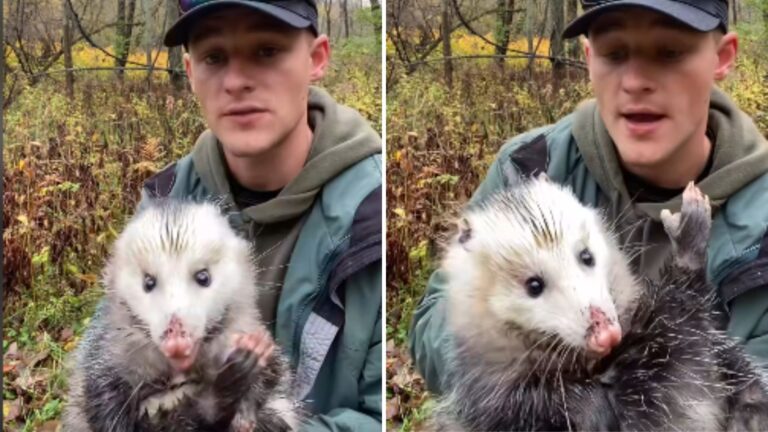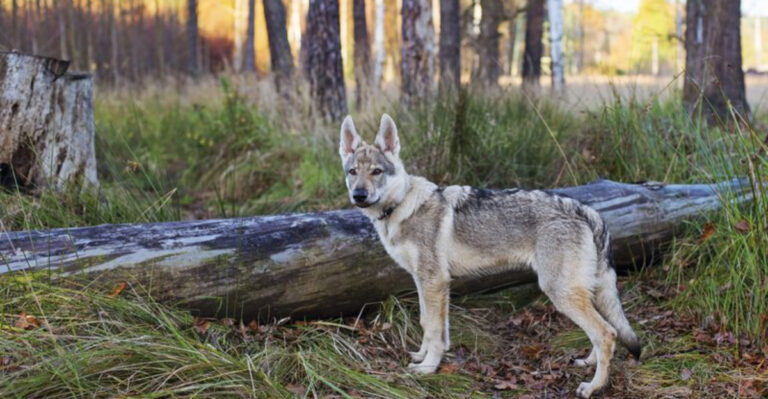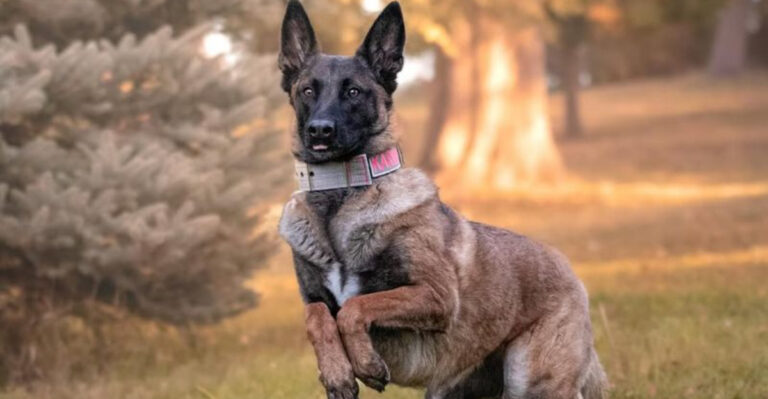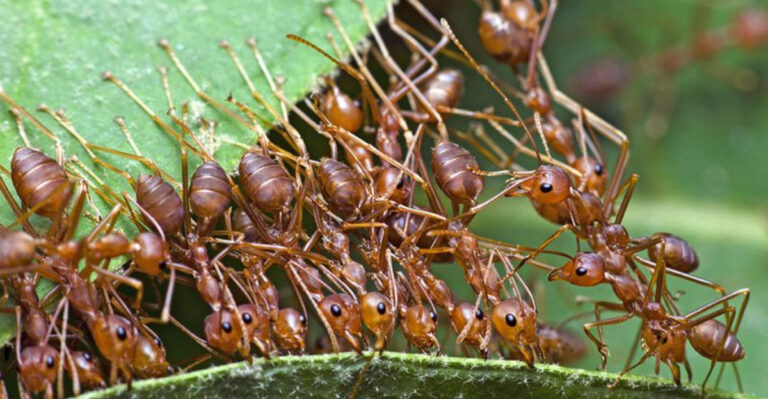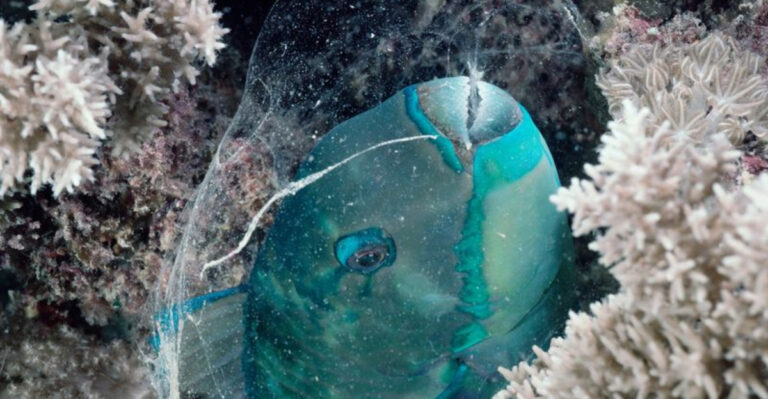The Surprising Origins Of Mammals Have Nothing To Do With Dinosaurs
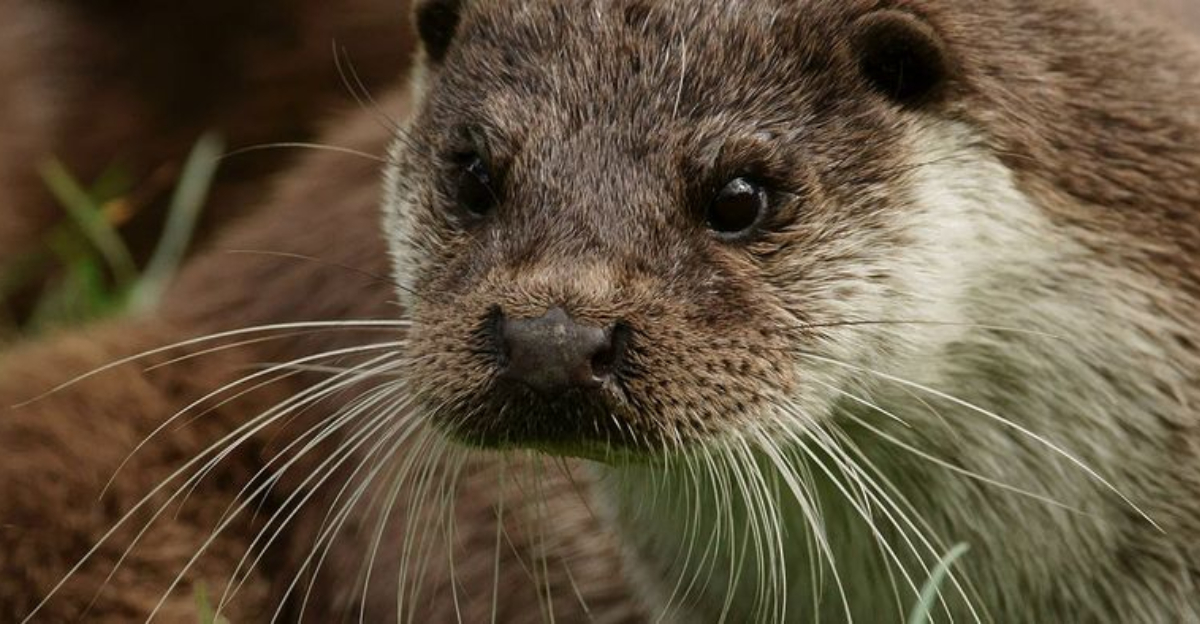
Many people think mammals evolved from dinosaurs, but this common belief is completely wrong! The story of how mammals came to be is a fascinating journey that started long before dinosaurs ruled the Earth.
Our furry ancestors actually evolved from a completely different group of ancient creatures, and their path to becoming the diverse mammals we know today is full of surprising twists.
1. Mammals Didn’t Descend From Dinosaurs
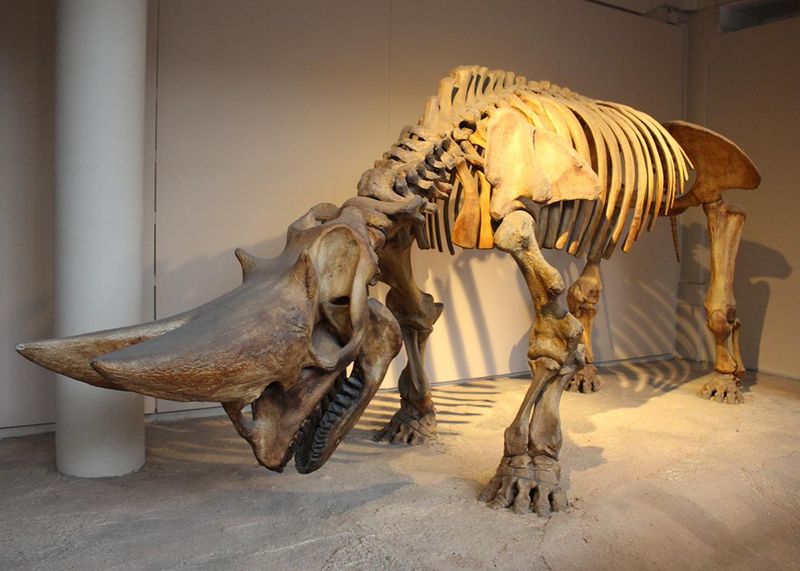
Contrary to popular belief, mammals and dinosaurs are completely separate branches on the tree of life. Our ancestors evolved from creatures called synapsids, a group that split from reptiles over 300 million years ago.
Think of synapsids as our great-great-great (many more greats) grandparents who looked nothing like dinosaurs. This misconception persists partly because movies often show mammals and dinosaurs evolving together.
2. Our Ancestors Came Before The Dinosaurs
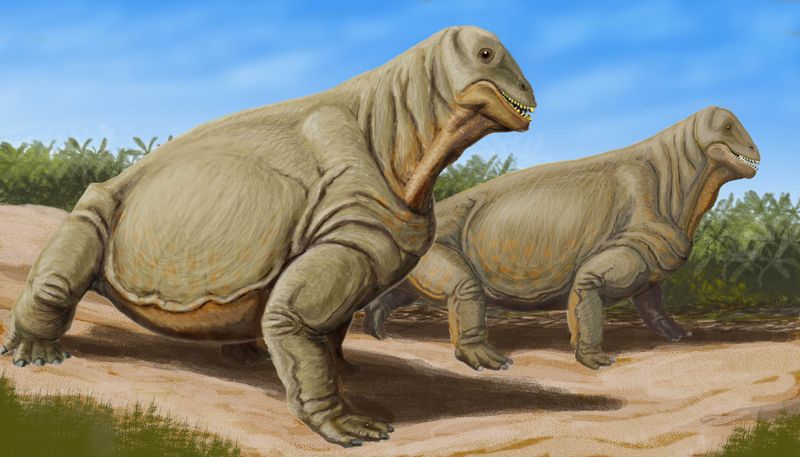
Synapsids first appeared during the Carboniferous period, approximately 320 million years ago. Dinosaurs wouldn’t show up until around 240 million years ago—that’s an 80-million-year head start!
During this vast time gap, our early mammal ancestors were already evolving and diversifying. The first synapsids roamed ancient forests alongside giant insects and amphibians in a world dinosaurs never knew.
3. Synapsids Were Once The Top Predators
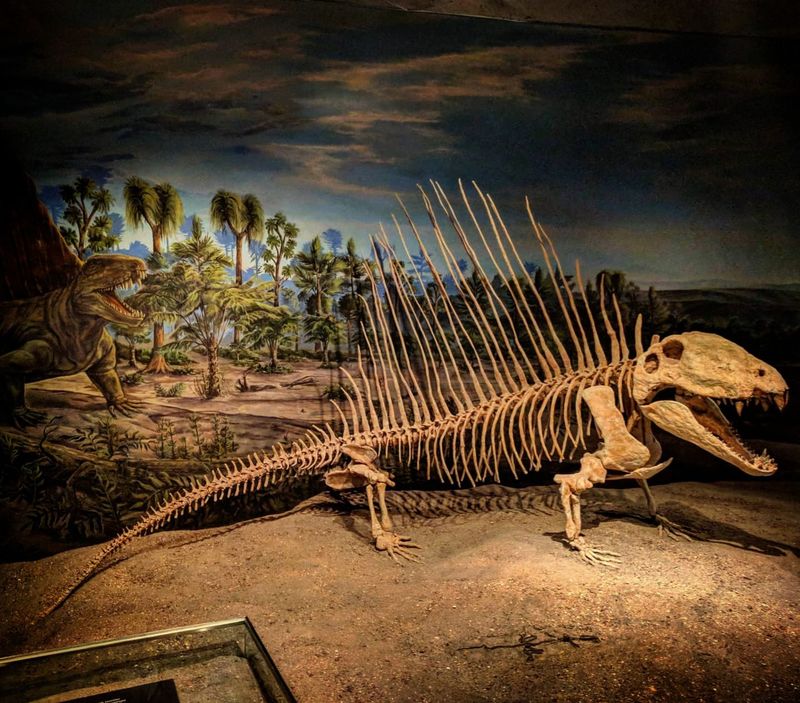
Long before T. rex, synapsids ruled as Earth’s apex predators. The sail-backed Dimetrodon – often mistaken for a dinosaur – was actually one of our distant relatives!
Growing up to 15 feet long with powerful jaws filled with specialized teeth, these creatures dominated their ecosystems. Some had distinctive sails on their backs that likely helped regulate body temperature, an early step toward mammalian warm-bloodedness.
4. Mammal-Like Reptiles Weren’t Actually Reptiles
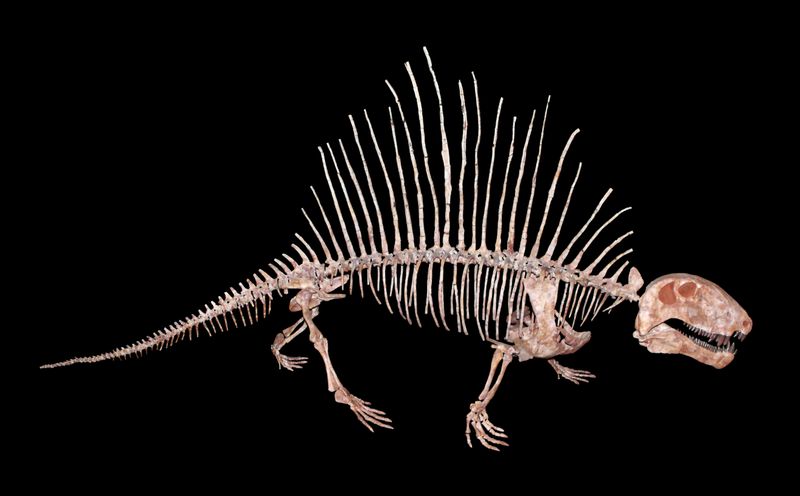
Scientists once called synapsids “mammal-like reptiles,” but this term is misleading. Modern research shows they weren’t reptiles at all but formed their own distinct evolutionary branch.
Imagine synapsids as neither reptiles nor mammals, but something in-between—creatures on their way to becoming mammals. They possessed a mix of features, gradually acquiring traits we now associate with mammals while losing reptilian characteristics.
5. We Share A Very Distant Ancestor With Dinosaurs
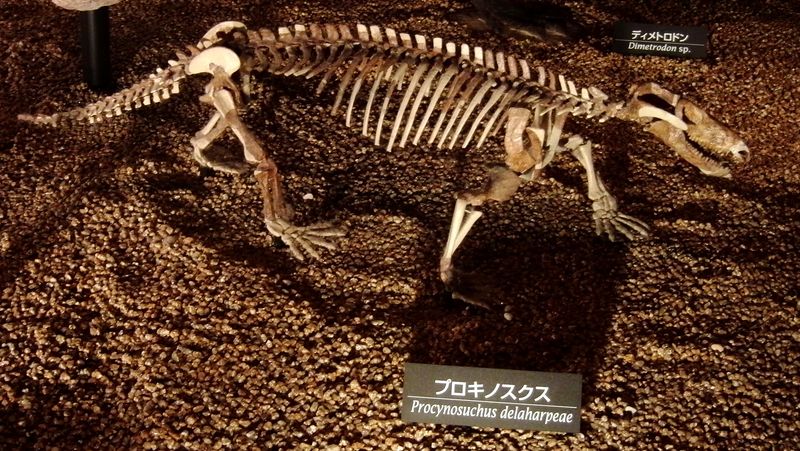
Mammals and dinosaurs last shared a common ancestor around 320 million years ago—a primitive amniote that laid eggs with protective membranes. From this ancestor, evolution took two dramatically different paths.
One path led to synapsids and eventually mammals. The other led to diapsids, which includes dinosaurs, birds, and modern reptiles. We’re about as related to dinosaurs as we are to snakes!
6. The First Mammals Laid Eggs
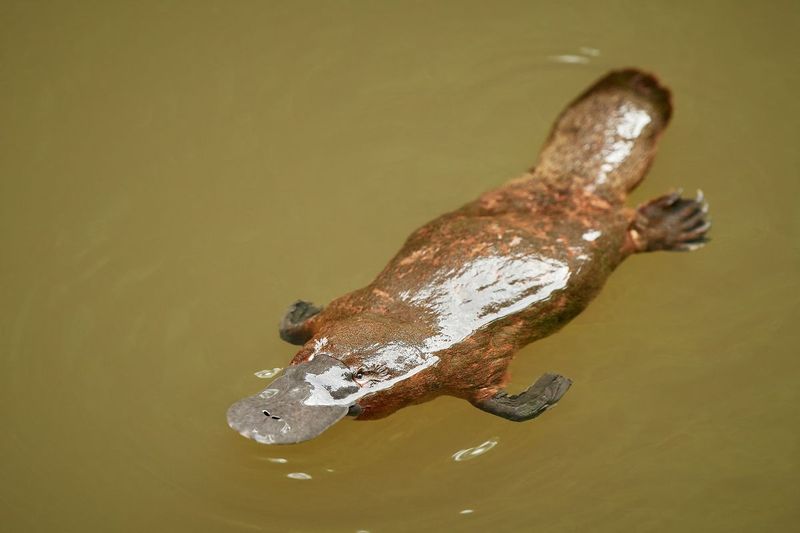
Surprise! Early mammals weren’t placental like most modern species. They laid eggs, just as the platypus and echidna still do today.
These living “monotremes” offer a glimpse into our distant past. They represent an ancient mammalian lineage that retained egg-laying while evolving other mammalian features like fur, milk production, and specialized ear bones. This mix of traits shows evolution isn’t a straight line but a complex branching process.
7. Skull Holes Reveal Our True Origins
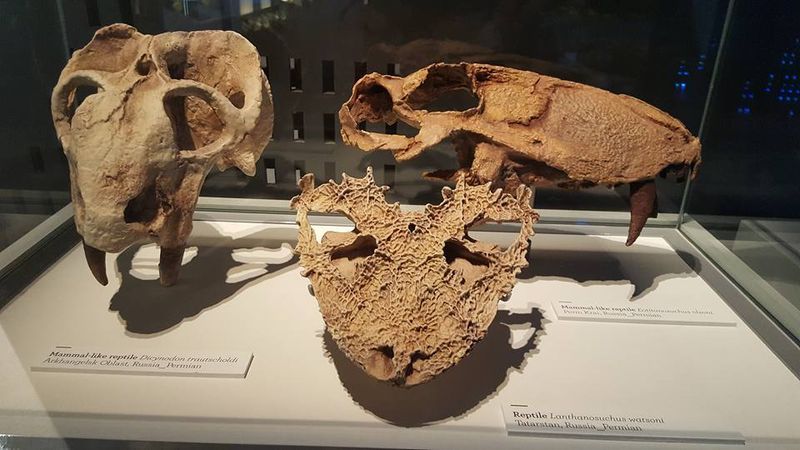
Look closely at a skull, and you’ll find evolutionary secrets! Synapsids have a single hole behind each eye socket—a feature that gives them their name (syn = together, apsid = arch).
This seemingly small detail helps scientists trace our lineage. Reptiles and dinosaurs have two holes (di = two, apsid = arch). These different skull patterns emerged early in evolution and mark the fundamental split between our ancestors and dinosaurs’ ancestors.
8. Jaw Transformation Paved The Way For Mammals
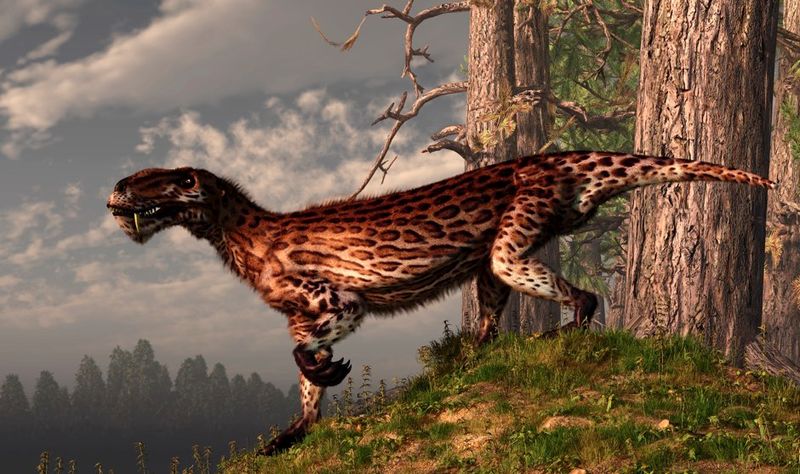
Ancient synapsids had multiple bones in their lower jaw, similar to reptiles. Over millions of years, something remarkable happened—most of these bones shrank and migrated to the middle ear!
This evolutionary innovation created the single-bone jaw mammals have today, along with our specialized ear bones for enhanced hearing. Meanwhile, our teeth diversified into different types (incisors, canines, molars), allowing for more efficient food processing than reptiles could achieve.
9. Warm Blood Gave Mammals Their Edge
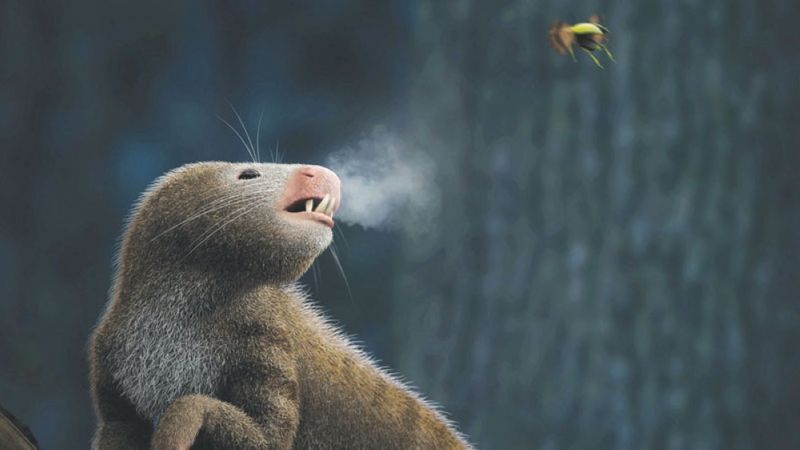
The journey from cold-blooded synapsid to warm-blooded mammal took millions of years. Endothermy (generating body heat internally) was a game-changing adaptation that eventually allowed mammals to thrive in diverse environments.
Fossil evidence suggests this transition was gradual. Early signs include changes in bone structure that indicate higher metabolic rates. Warm-bloodedness later enabled mammals to become active at night and in colder climates where reptiles and dinosaurs struggled.
10. Fur First Appeared Long Before Modern Mammals
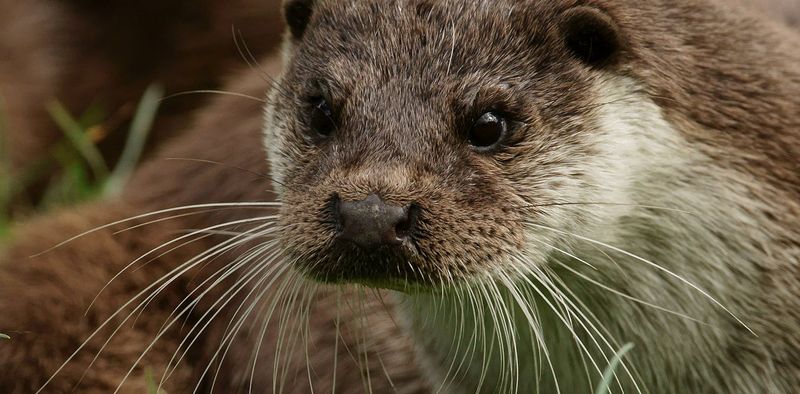
When did our ancestors get fuzzy? Fossil evidence suggests hair evolved at least 200 million years ago, long before modern mammal groups appeared.
Early fur probably wasn’t for warmth but for sensory purposes or protection. Genetic studies reveal that hair proteins called keratins evolved from reptilian scales. Gradually, this innovation became crucial for temperature regulation as synapsids developed warm-bloodedness, creating the insulating coat most mammals have today.
11. Mammals Thrived In Dinosaurs’ Shadows
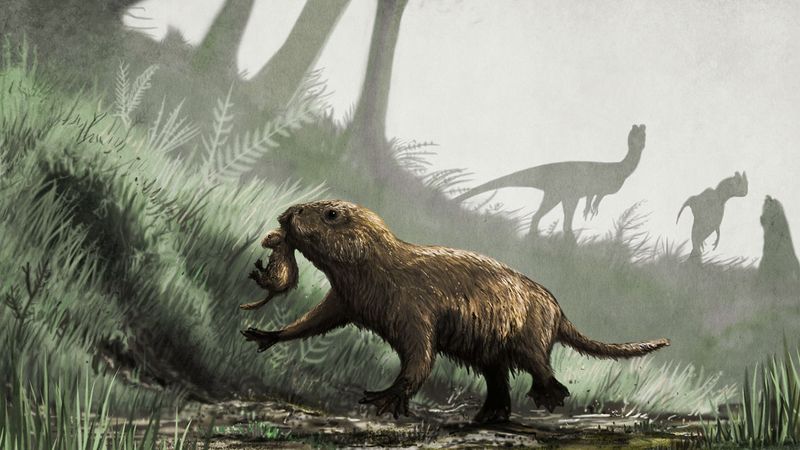
For over 150 million years, mammals lived alongside dinosaurs—not as competitors, but as small, secretive creatures exploiting different ecological niches. Most were shrew-sized and nocturnal, hiding during the day when dinosaurs were active.
This long period of “living in the shadows” shaped mammal evolution profoundly. It drove the development of enhanced senses, especially hearing and smell, and complex brains. Our ancestors weren’t waiting for dinosaurs to disappear—they were evolving their own survival strategies.
12. Your Dog Has More In Common With A Platypus Than A Lizard
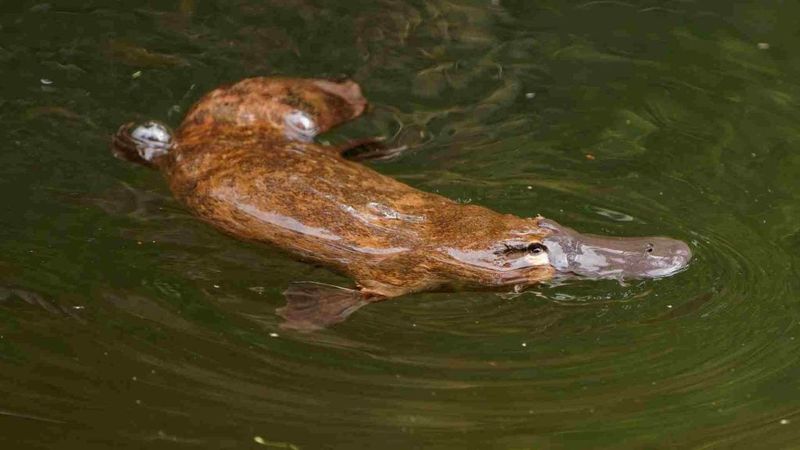
Family ties run deep! Despite their differences, all mammals—from whales to bats to humans—share a common synapsid ancestor. Your pet dog is more closely related to egg-laying platypuses than to any reptile.
All mammals share distinctive traits that evolved in our synapsid ancestors: hair, mammary glands, specialized teeth, and unique jaw and ear structures. This shared heritage connects every mammal on Earth in an evolutionary family that has nothing to do with dinosaurs.

